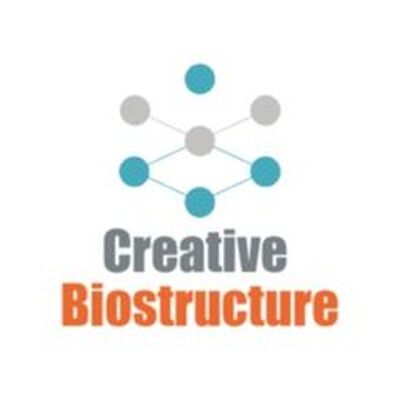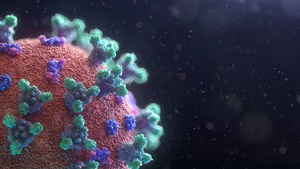Corps
When making protein drugs like antibodies or insulin, one of the most expensive steps is the purification step: separating the protein from the bioreactors used to make it. This step can account for half of the total cost of making protein.
To keep costs down, MIT engineers devised a new way to do this purification. Their approach, which uses special nanoparticles to rapidly crystallize proteins, could help make protein medicines cheaper and more accessible, especially in developing countries.
"This work uses bioconjugated functionalized nanoparticles as templates to enhance protein crystal formation at low concentrations," said Kripa Varanasi, professor of mechanical engineering at MIT and senior author of the new study. "Our goal is to reduce the cost so that the manufacture of this drug becomes affordable in developing countries."
The researchers demonstrated that their method could be used to crystallize lysozyme (an antibacterial enzyme), and insulin. They believe it could also be applied to many other useful proteins, including antibody drugs and vaccines.
MIT graduate student Caroline McCue is the lead author of the study and Dr. Henri-Louis Girard is also a co-author of the paper.
Antibodies and other protein medicines are part of a growing list of biologics medicines, which also include molecular medicines such as DNA and RNA, as well as cell-based therapies. Most protein drugs are produced by living cells such as yeast in large bioreactors.
Once these proteins have been produced, they must be separated from the reactor, usually through a process called chromatography. Chromatography, which separates proteins based on their size, requires special materials, making the process very expensive.
Varanasi and his colleagues decided to try a different approach, based on protein crystallization. Researchers often crystallize proteins to study their structure, but the process is considered too slow for industrial use and doesn't work well at low concentrations of protein. To overcome these hurdles, Varanasi's lab began using nanoscale structures to speed up crystallization.
In previous work, the lab has used nanoscale features to create materials that repel water or modify interfaces for injecting highly viscous biopharmaceuticals. In this case, the researchers want to tune the nanoparticles so that they locally increase the concentration of proteins on the surface and provide a template for the proteins to align correctly and form crystals.
To create the desired surface, the researchers coated the gold nanoparticles with molecules called bioconjugates, which help form connections between other molecules. In the study, the researchers used bioconjugates called maleimides and NHSs, which are commonly used to label proteins for research or attach protein drugs to nanoparticles for drug delivery.
When a protein solution is exposed to these coated nanoparticles, the protein accumulates on the surface and binds to the bioconjugate. In addition, the bioconjugates force the proteins to align in a specific orientation, creating a scaffold for other proteins to emerge and join the crystal.
The researchers demonstrated their method with lysozyme and insulin. The crystallization properties of lysozyme have been well studied. This approach could also be applied to many other proteins, they say.
"This is a general approach that can be generalized to other systems as well. If you know the structure of the protein you want to crystallize, you can add the right bioconjugates to force the process to happen," Varanasi said.
In studies of lysozyme and insulin, the researchers found that when the protein was exposed to bioconjugate-coated nanoparticles, crystallization occurred faster, compared to bare nanoparticles or no nanoparticles. Using the coated particles, the researchers found that the induction time (the time it takes for crystals to start forming) was reduced by a factor of seven and the nucleation rate (the speed at which crystals began to grow) was increased by a factor of three.
"Even at low protein concentrations, we saw more crystals form with these bioconjugated functionalized nanoparticles," McCue said. “Functionalized nanoparticles greatly reduce the induction time because these bioconjugates provide a specific site for protein binding. Because the proteins are aligned, they can form crystals more quickly.”
In addition, the team analyzed thousands of crystal images using machine learning. "Protein crystallization is a stochastic process, so we need a large data set to really measure whether our method improves the induction time and nucleation rate of crystallization. With so many images to process, machine learning is able to determine the best way to know when crystals are forming in an image without having to go through and manually count each image," McCue said.
The project is part of the Bill & Melinda Gates Foundation's efforts to make biologic medicines, such as preventive antibodies that have been shown to prevent malaria in clinical trials, more widely available in developing countries. The MIT team is now working to scale up the process so it can be used in industrial bioreactors and demonstrate that it works with monoclonal antibodies, vaccines and other useful proteins.
"If we can make it easier to make these proteins anywhere, everyone in the world benefits," Varanasi said. "We're not saying this problem will be solved tomorrow because of us, but it's helpful. It’s one small step towards realizing this mission."











commentaires